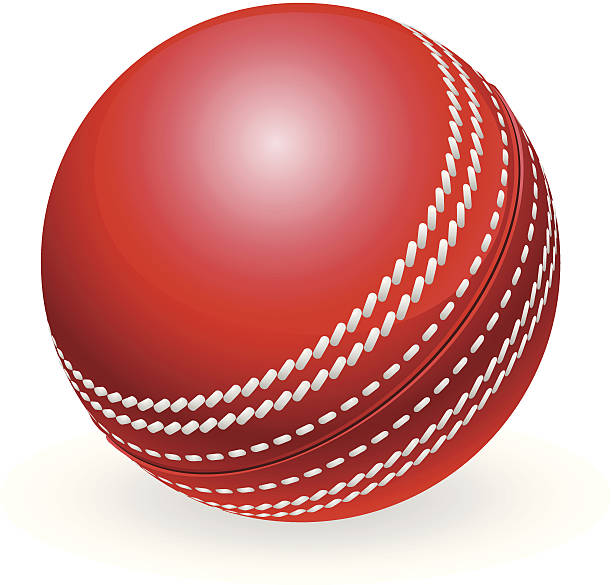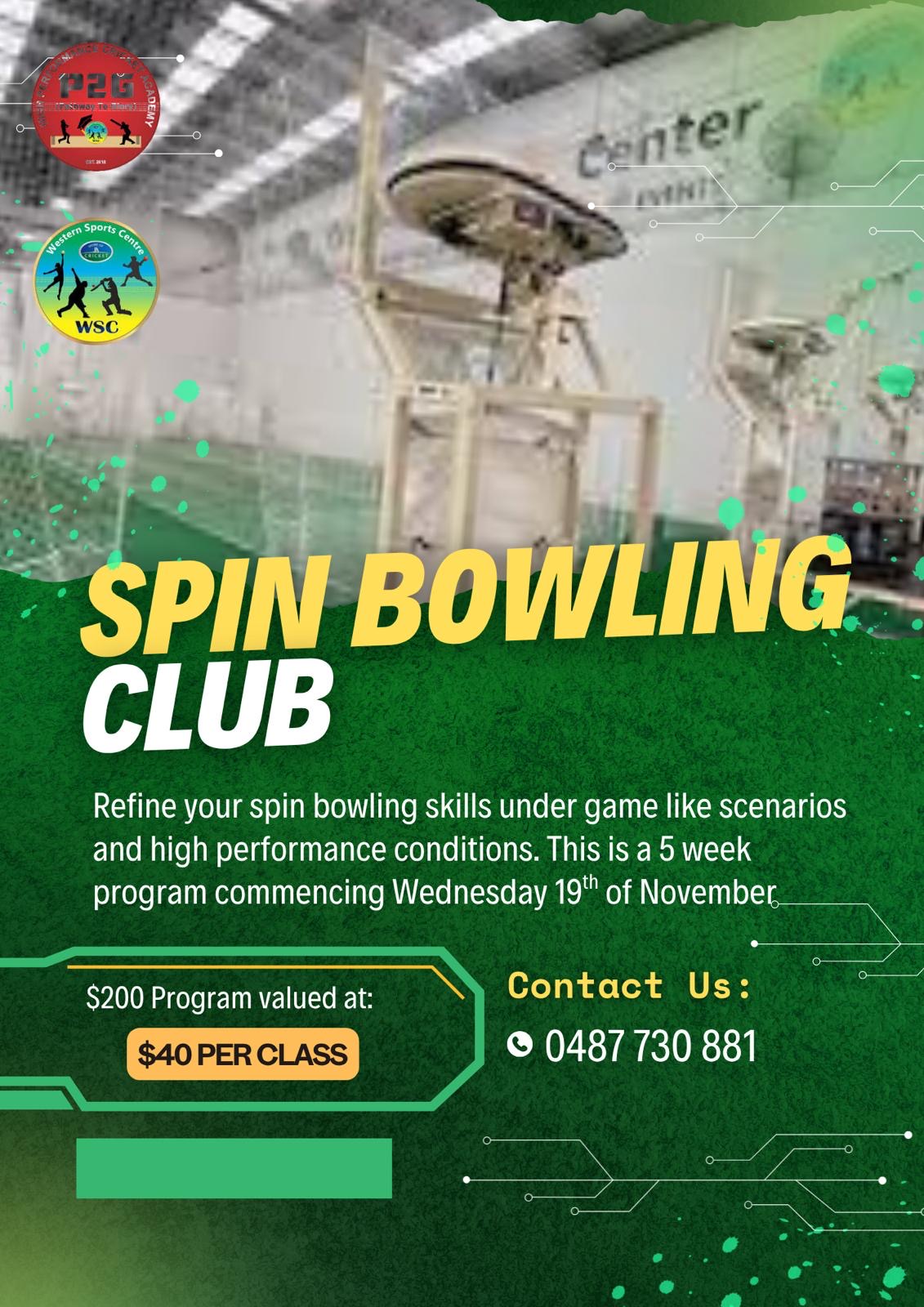The 5 Key Components Of A Cricket Ball
Cricket is a popular sport that is enjoyed by people all over Australia. While the game may seem simple to play, there are actually many complex rules and regulations that govern the sport. One of the most important pieces of equipment in Cricket is the ball. In this post, we will take a closer look at the 5 key components of a cricket ball.
1. The Cover

The cover of a cricket ball is made up of four panels that are stitched together. The cover is the first point of contact for the ball when it is hit and it is also responsible for protecting the inner components of the ball. The cover can be made from a variety of materials, including leather, synthetic materials or a combination of both.
The most common type of material used for covers is leather, as it offers good durability and protection against wear and tear. However, some players believe that synthetic covers offer more consistent bounce than leather covers. As a result, many cricket balls now come with a combination of synthetic and leather covers.
2. The Cork

The cork is the innermost component of a cricket ball and it is responsible for providing bounce and speed to the ball. The cork is made from the bark of a cork tree and it is compressed and then covered in rubber before being inserted into the cover of the ball. The cork can be replaced if it becomes worn down over time, but it is important that the correct type of cork is used, as different types can affect the bounce and speed of the ball.
3. The Windings

The windings are the layers of string that are wound around the cork in a spiral shape. The number of windings and their tightness can vary depending on the manufacturer, but most cricket balls have between 60-80 windings at about 70% tightness. A tighter winding will result in more bounce for the ball, whereas a looser winding will reduce bounce and speed.
Cricket Balls with different numbers of windings can also be used to achieve different types of spin when bowling or batting with them. Cricket batsmen use this technique to hit sixes and fours by hitting across their bodies rather than straight down the pitch towards where they want it to go!
Read More About: The Science Behind Cricket Bats
4. The Seams
The seams of a cricket ball are what give it its distinctive shape and they are also responsible for the aerodynamics of the ball. There are two main seams on a cricket ball - the longitudinal seam and the latitudinal seam. The longitudinal seam is the one that runs along the length of the ball, while the latitudinal seam is perpendicular to it and runs across the width of the ball.
The seams play an important role in how a cricket ball behaves when it is hit. They create turbulence as air passes over them which causes drag on the ball and this affects how far and fast it travels. The orientation of the seams can also affect how much swing or spin a bowler can put on a cricket ball.
5. The Graphics

The graphics on a cricket ball are what give it its distinctive look. They can be any number of colours and designs, but most cricket balls have the manufacturer's logo or name printed on them. As well as looking good, the graphics also help players to identify which side of the ball is the batting side and which is the bowling side.
There you have it - the five key components that make up a cricket ball! Now that you know a bit more about them, next time you're watching a game, you'll be able to appreciate all of the amazing things that go into making a cricket ball fly through the air!
Read More About: How To Know Whether Your Cricket Ball Is Good, Or Too Old And Should Be Thrown Away?
Conclusion:
As you can see from this post, there are many different components that go into making a cricket ball. Hopefully, this article has given you some insight into how each of these components works and why they are important for a cricket ball to perform at its best. So the next time you're watching a cricket game in Australia, keep an eye on these five components and see how they help to make the game so exciting!

.
.


.
.


